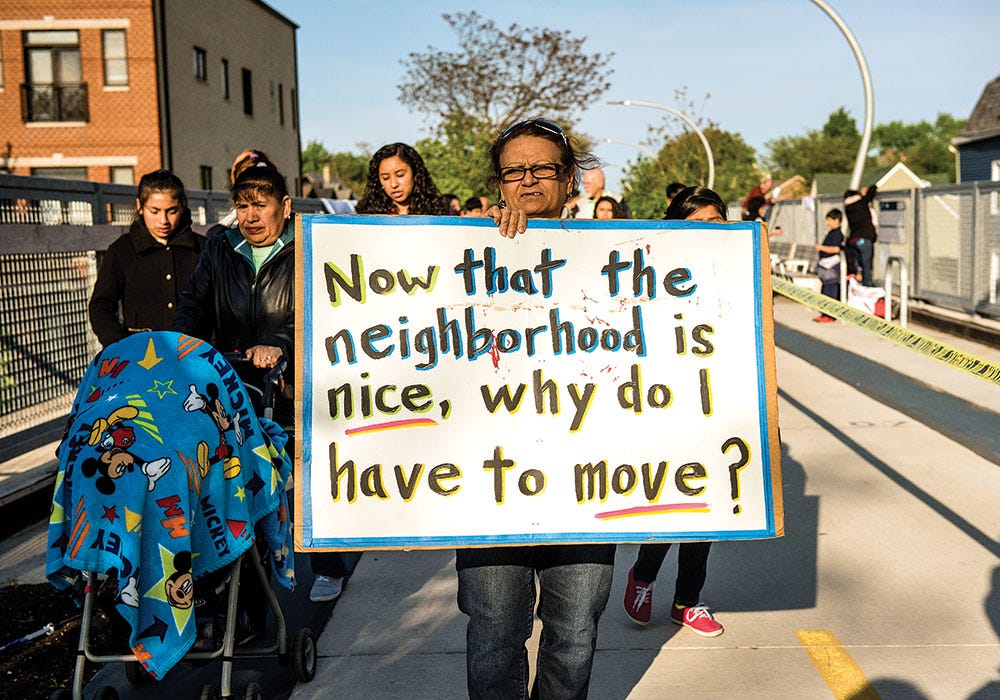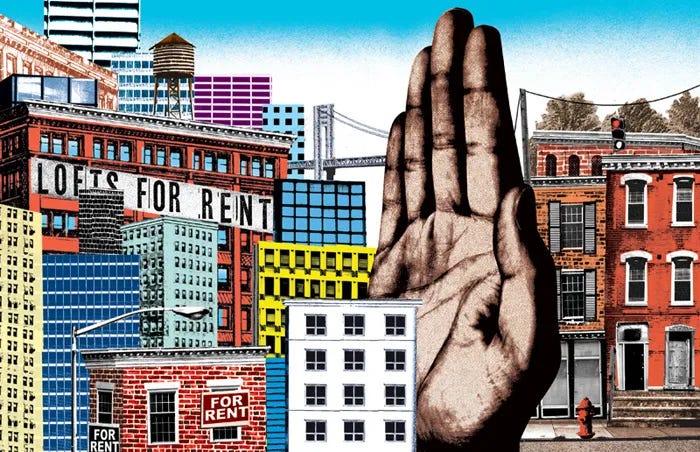Adaptive reuse has become the focus of contemporary architectural practice, a seemingly perfect marriage between sustainability, heritage preservation, and design ingenuity.
We transform factories into lofts, schools into co-working spaces, and churches into bookstores. We celebrate the building's bones, character, and resilience. But rarely do we pause and ask: What happens to the people who gave those spaces their time?
In a world where "resilient architecture" is often synonymous with environmental metrics and longevity, we must also ask: Resilient for whom?
Designers, including myself, can fall into the trap of fetishizing the object, its materiality, patina, original trusses, and clever insertions of steel and glass. We honour the past through preservation, yes, but do we honour the present? The user? The communities that engaged with the space in its original, perhaps humbler form?
Resilient for whom?
Placemaking is not only about bricks and timber; it's about people, memory, and the meaning they bring.
A neighbourhood café in a repurposed warehouse may win accolades for its adaptive reuse, but if its opening displaces the local grocer, the community center, or the informal networks that once animated that space, what exactly are we celebrating?
We must be cautious of adaptive reuse becoming a euphemism for gentrification disguised as progress.
When a building becomes "trendy," who gets left behind? The same communities that imbued these buildings with life, culture, and ritual are often the first to be priced out, excluded, or erased from the architectural narrative. These spaces, once organic extensions of daily life, become curated stages for a different demographic, more affluent, more "Instagrammable," and less rooted.

A truly meaningful adaptive reuse project should breathe new life into existing structures and the lives of those who already inhabit or are connected to them. This requires empathy in the design process, engagement with community stakeholders, and an honest assessment of how architectural decisions impact social realities.
The challenge, and opportunity, for us as architects is to ask not only how we transform spaces but for whom.
It's not enough to reuse the walls; we must sustain the lives, memories, and communities those walls once held.
Let's design not just with intention but with responsibility.






